Orthorexia nervosa is a sickly ironic twist on healthy eating, a laugh in the face of nutrition facts. It’s what used to be called an EDNOS: Eating Disorder Not Specified. The term “orthorexia” was coined circa 1997 by a doctor who suffered from the condition himself: there was no name for this condition, therefore there was no research. And since there was no research, it was just deemed a vague, disordered set of habits. Still, 20 years later, the information about Orthorexia out in the world – and by the world, meaning The Internet, of course – is mostly the same words regurgitated over and over. Speculation. Haziness.
The worst part? Orthorexia is still not recognized by some doctors as a “real” eating disorder.
I mean, what?
Isn’t any form of an eating disorder a “real” eating disorder?
Orthorexia and other EDsNOS don’t always result in extreme weight loss. For me, it did. But even in my healing process, my weight fluctuated up and down – it was never a true indication of whether I’d moved forward or not.
So how do you know that you or a loved one might be on the orthorexic path – or developing disordered eating habits? Here’s some signs you might need to intervene, and some things that worked for me when I was at my all-time low and decided I’d had enough.
Health is an ever-evolving journey, not a fixed destination. Share on X
SHOW NOTES:
The Recovery Myth on WANT
NEDA
National Alliances On Mental Illnesses
Like this episode? Leave a review on iTunes, share it on Facebook, tweet it out on Twitter, or post it on Instagram. Be sure to use the hashtags #WANTcast, #womenagainstnegativetalk, and/or #WANTyourself!





0 Comments